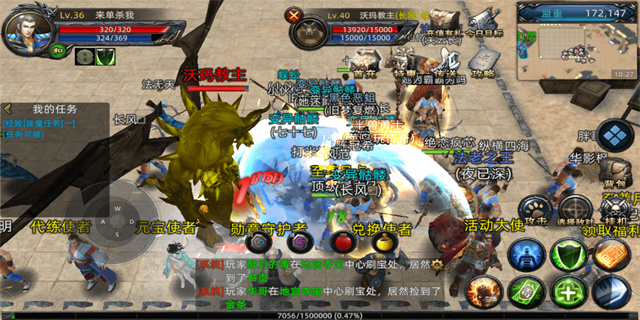Tick: A Closer Look at its Meaning and Role
Introduction
Ticks are small, arachnid parasites that feed on the blood of mammals, birds, and reptiles. They are known for transmitting various diseases, making them a significant concern for both humans and animals. In this article, we will explore the meaning and role of ticks, focusing on their classification, life cycle, and the importance of tick control.
Classification and Life Cycle

Ticks belong to the order Parasitiformes and are closely related to spiders and mites. There are two families of ticks: Ixodidae (hard ticks) and Argasidae (soft ticks). While both types have similar life cycles, hard ticks have a distinct shield-like plate, or scutum, on their dorsal surface, compared to the soft ticks.
The life cycle of a tick typically consists of four stages: egg, larva, nymph, and adult. After the eggs are laid, they hatch into six-legged larvae, which then seek a host to feed on. Once engorged with blood, they drop off the host and molt into eight-legged nymphs. Nymphs, too, require a host to feed on before molting into adults. The adult male and female ticks mate and the females lay eggs, starting the cycle anew.

The Importance of Tick Control

Tick control is essential due to the potential diseases they can transmit. Ticks are known to carry and transmit pathogens such as bacteria, viruses, and protozoa, which can cause diseases like Lyme disease, babesiosis, anaplasmosis, and tick-borne encephalitis.
Preventing tick bites is the first line of defense against these diseases. Some effective strategies include wearing protective clothing, using tick repellents, and avoiding tick-infested areas. Regular tick checks on both humans and animals are also crucial, as early removal of attached ticks greatly reduces the risk of disease transmission.
For pets and livestock, tick control can involve the use of tick preventatives, such as spot-on treatments or collars. Environmental control measures, such as keeping grass trimmed and minimizing tick habitats, can also help reduce tick populations in residential areas.
Conclusion
Ticks play a significant role in the transmission of diseases to humans and animals. Understanding their classification, life cycle, and importance of tick control is crucial for safeguarding our health and that of our pets and livestock. By implementing effective tick control measures and following preventive strategies, we can minimize the risks associated with ticks and enjoy a safer environment.
In conclusion, ticks may be tiny creatures, but their impact can be substantial. It is essential to stay informed, remain vigilant, and take necessary precautions in order to keep ourselves and our loved ones protected from tick-borne diseases.




















